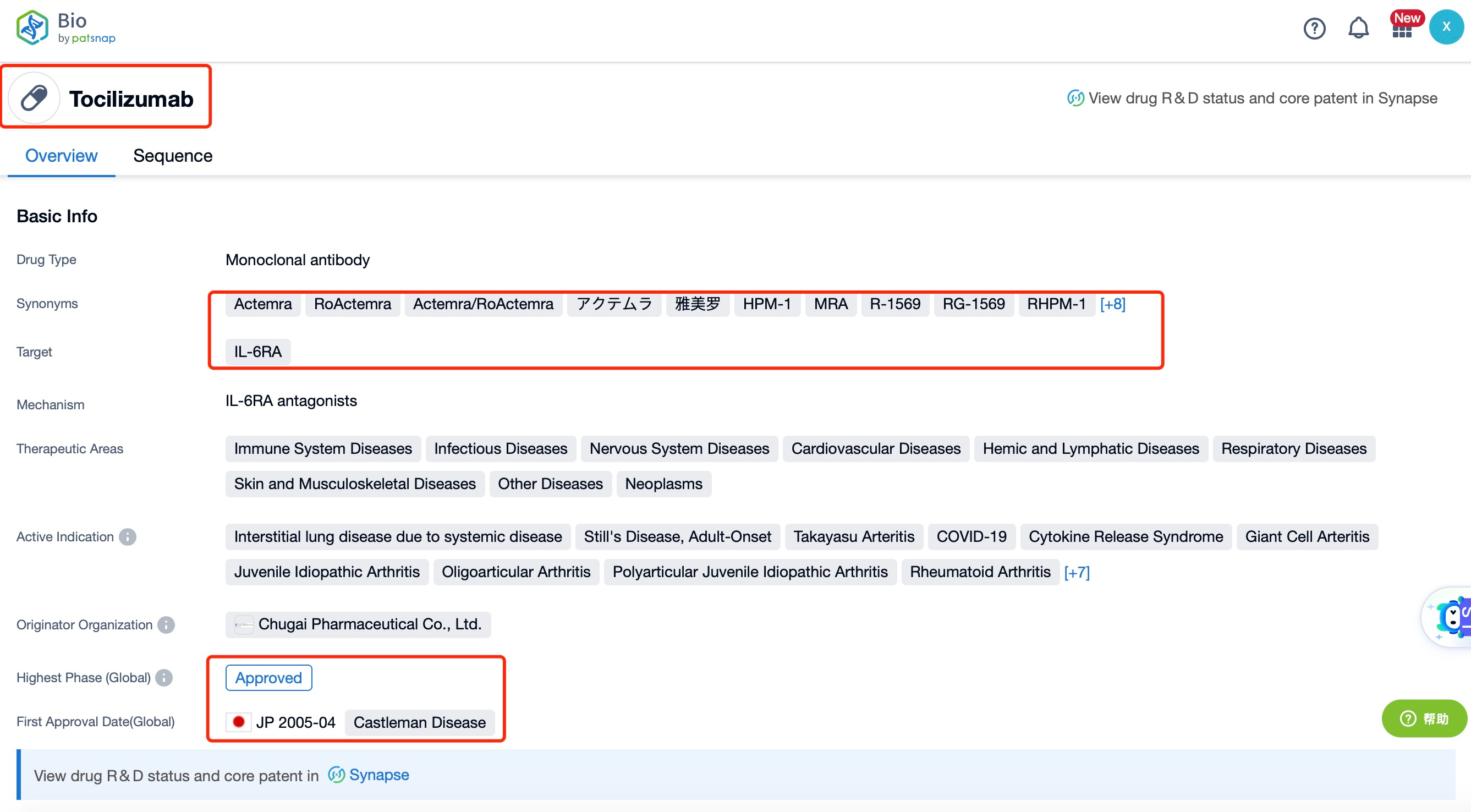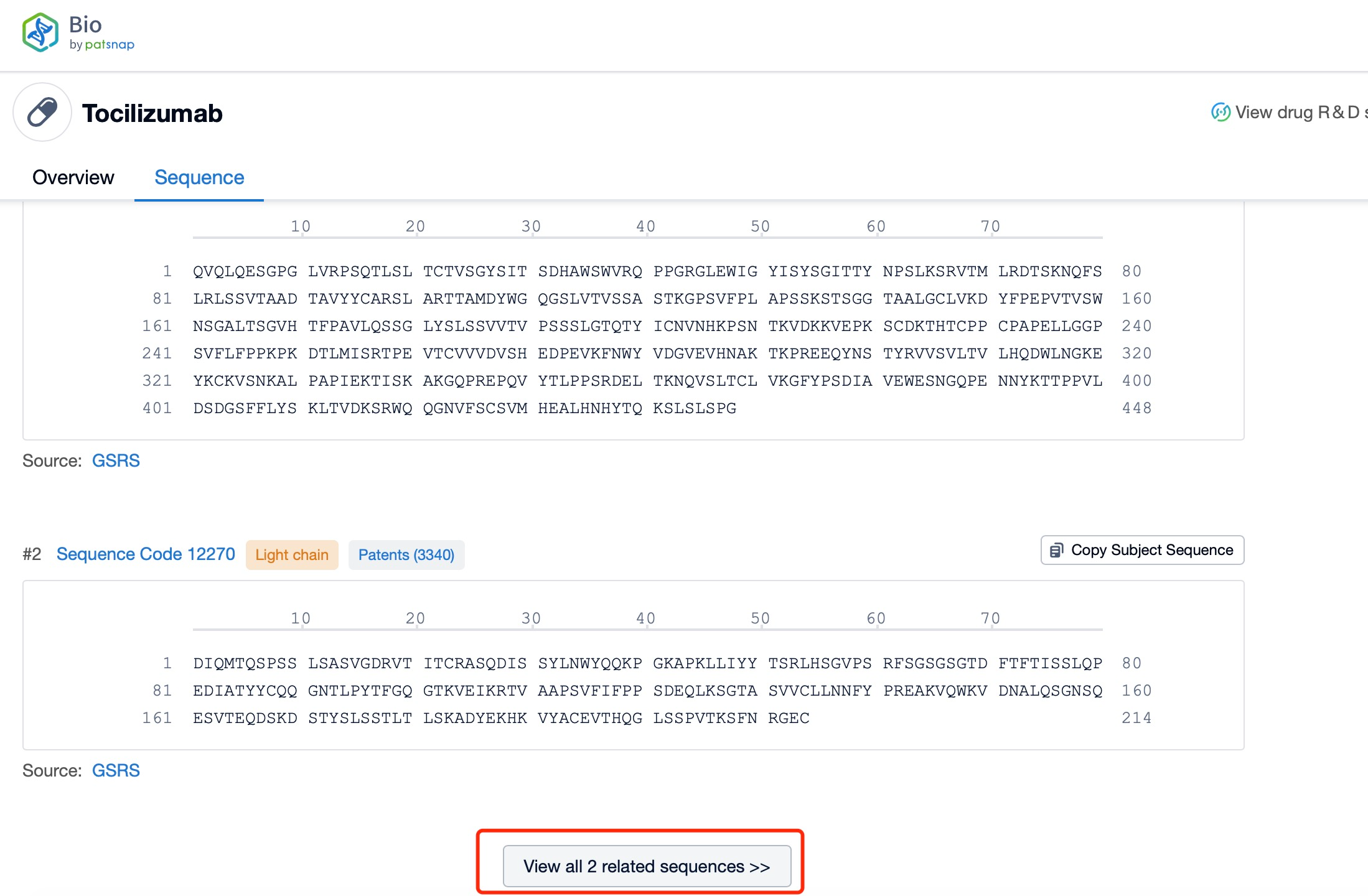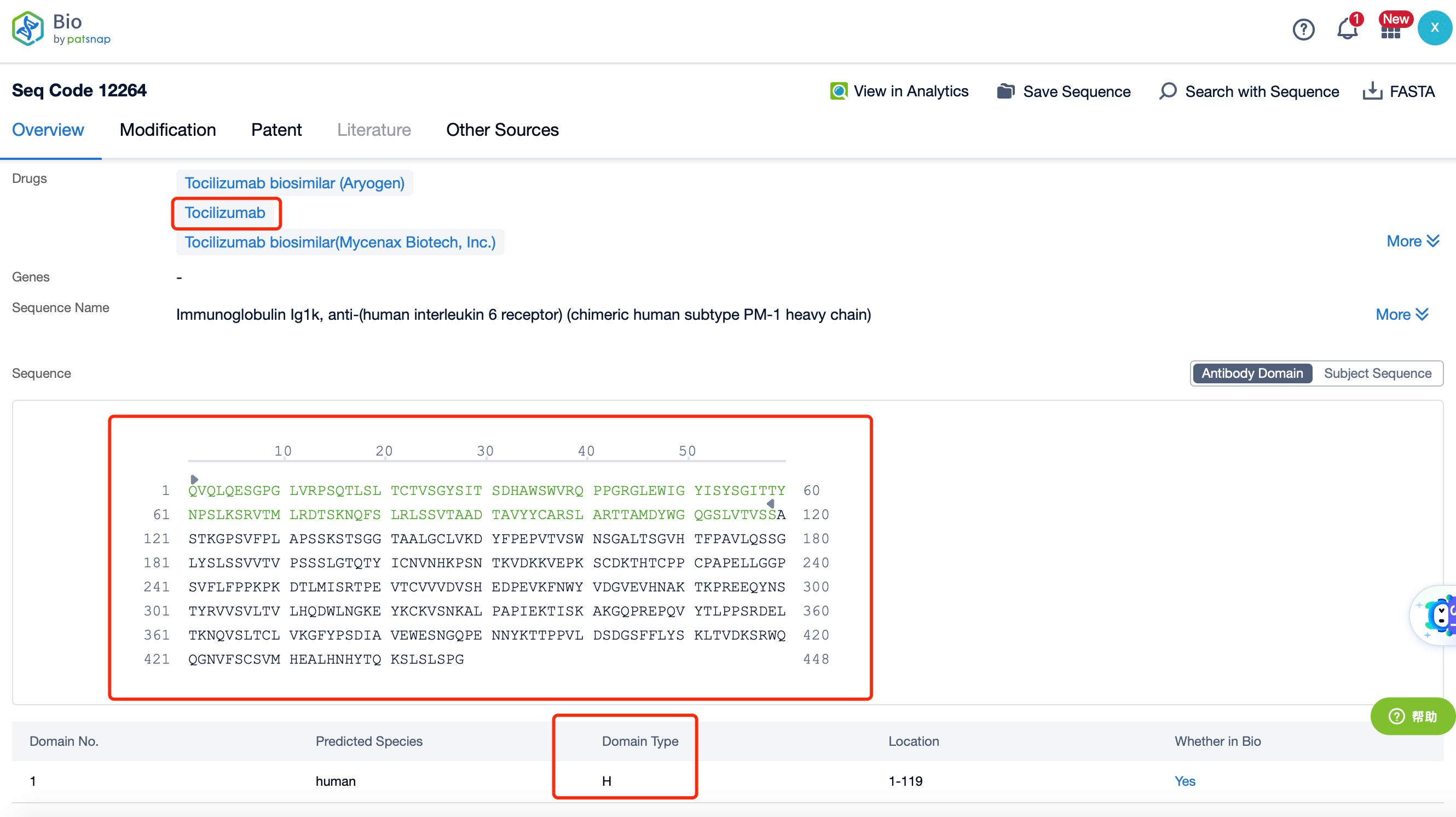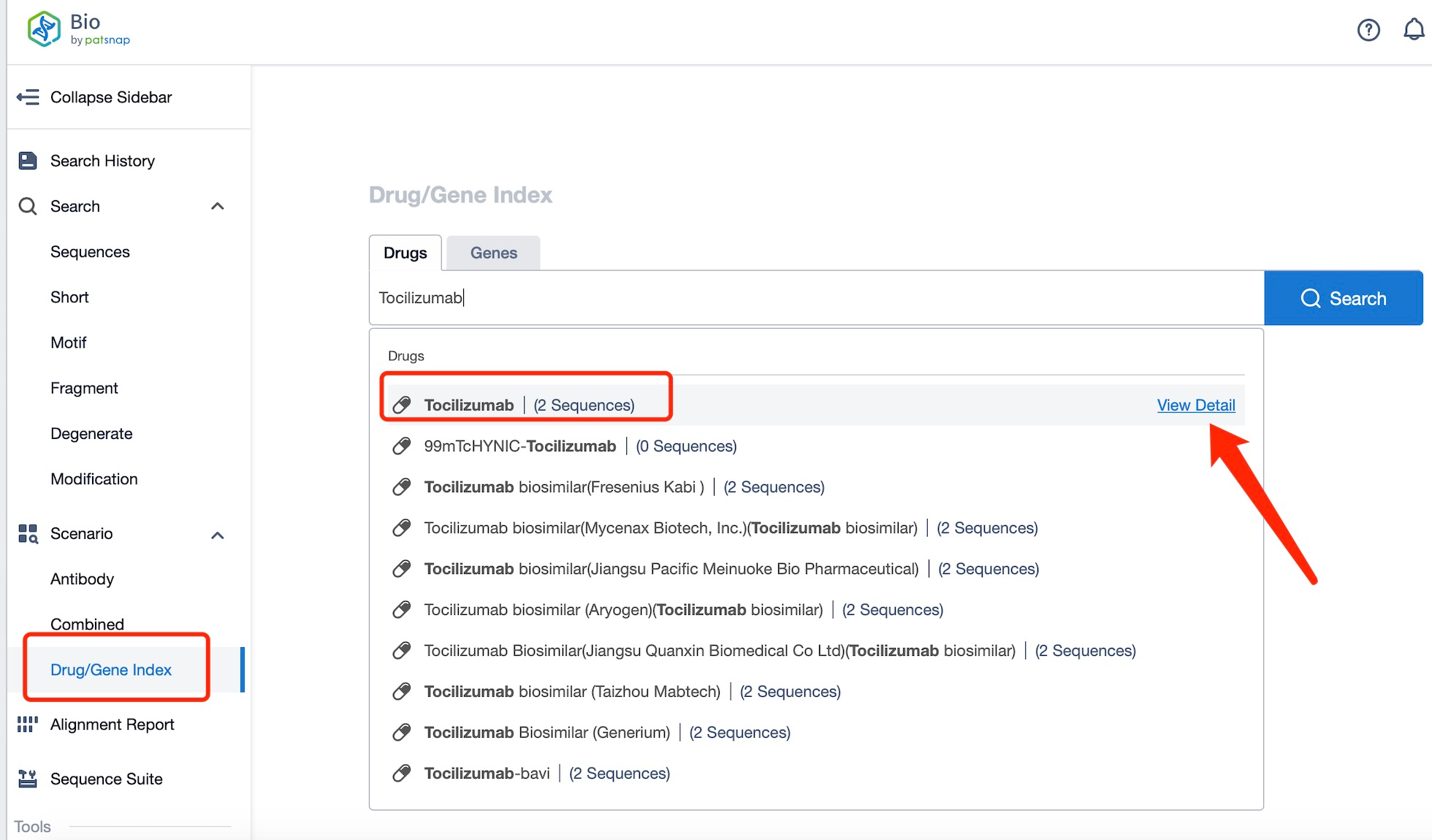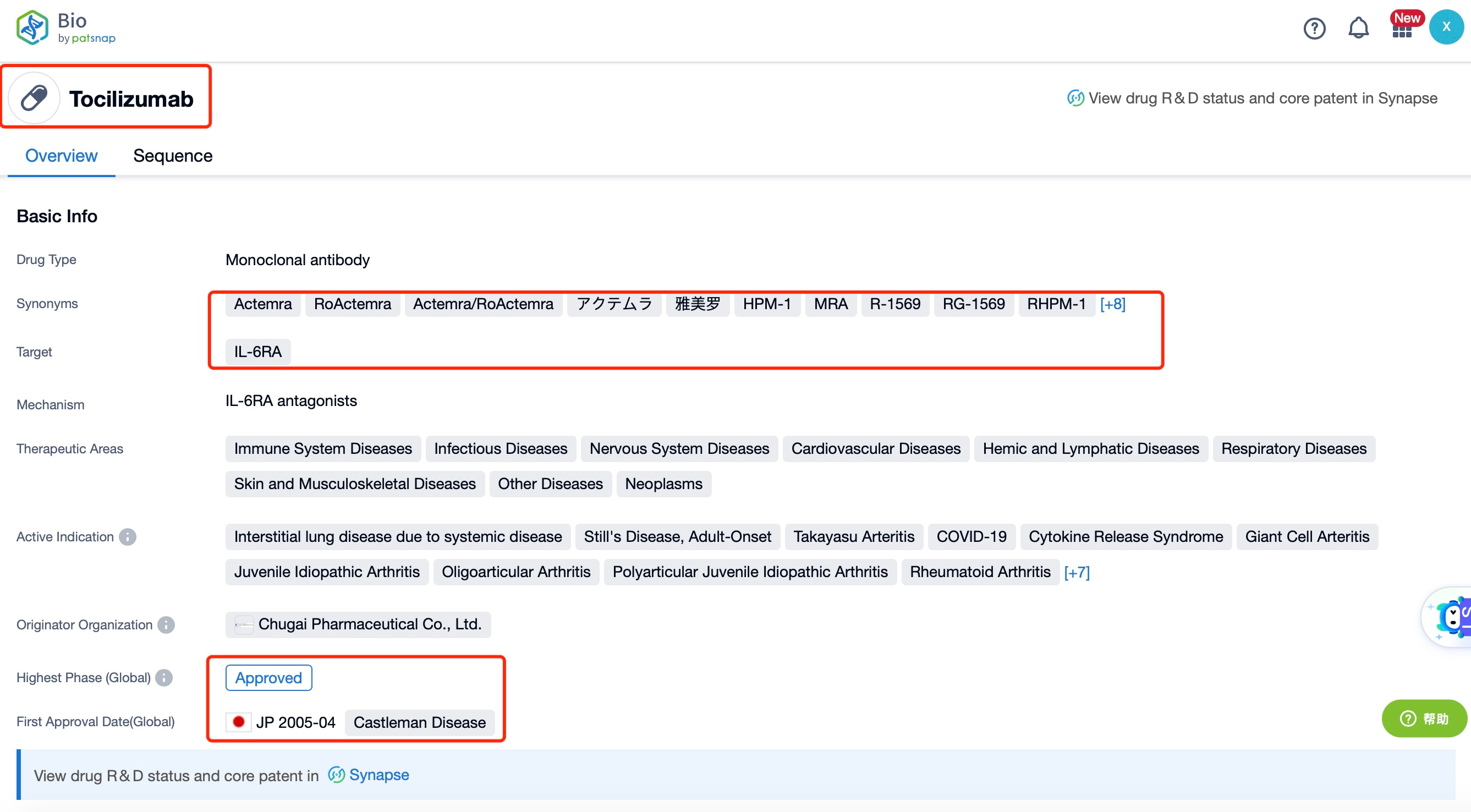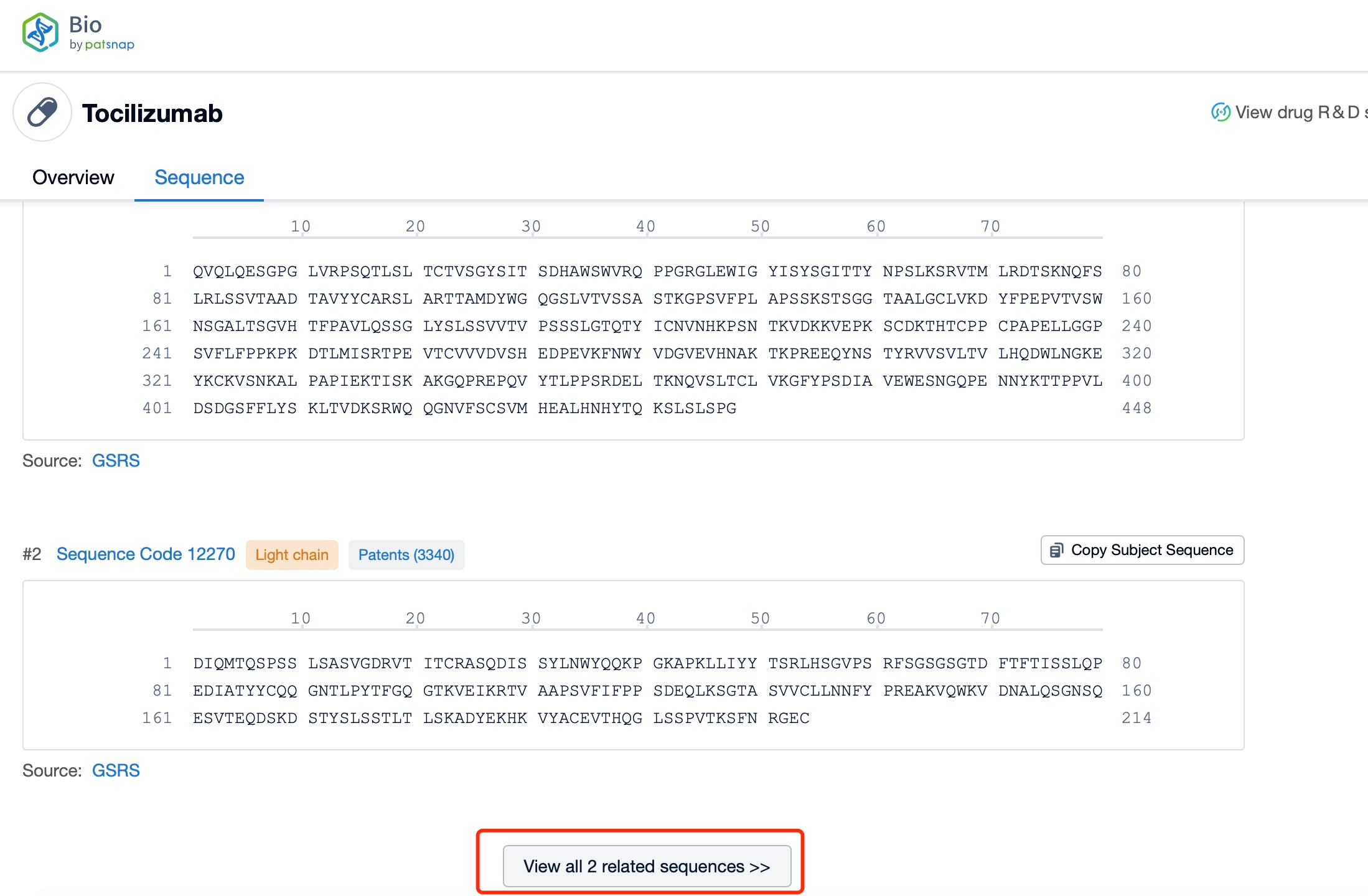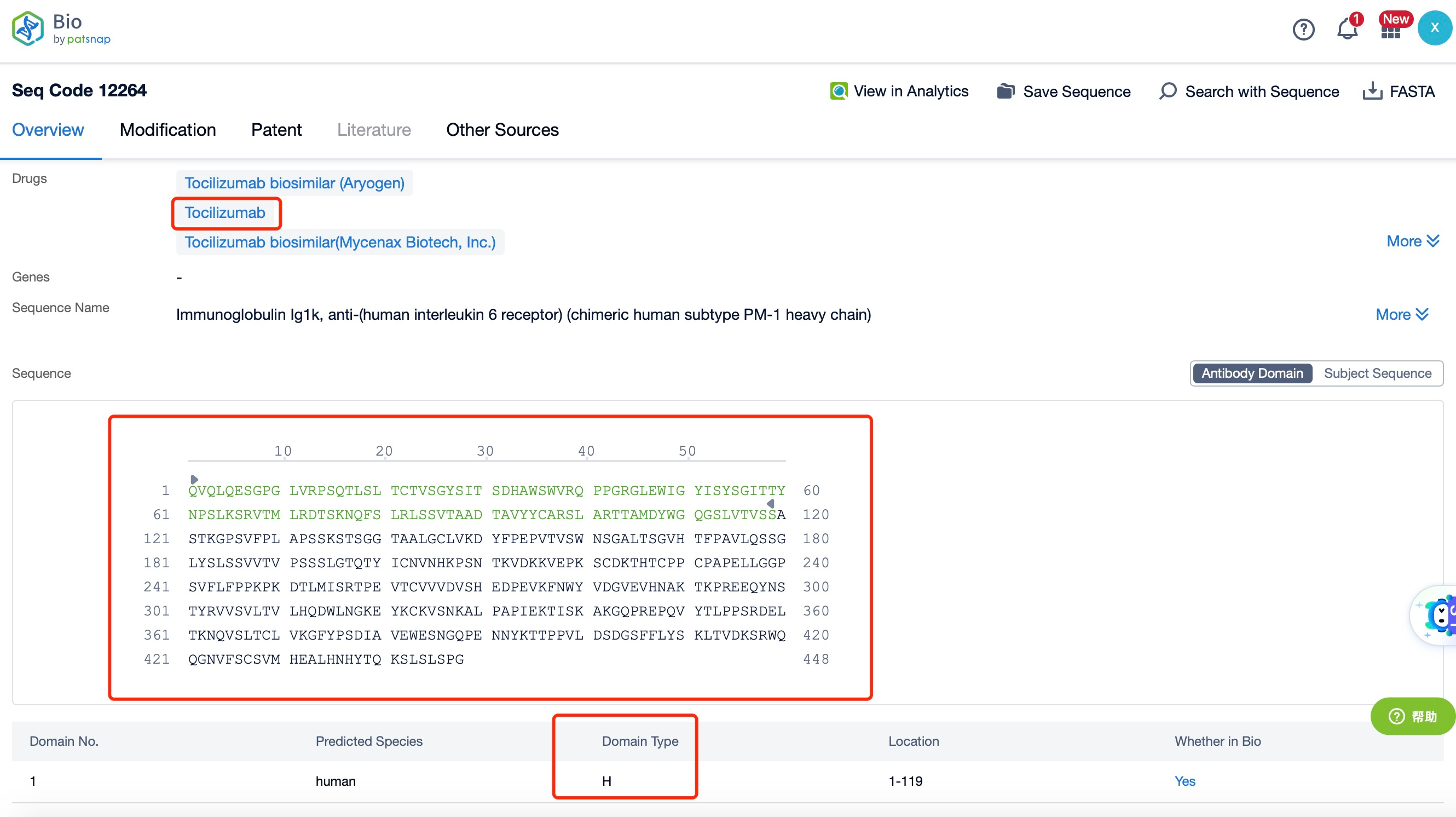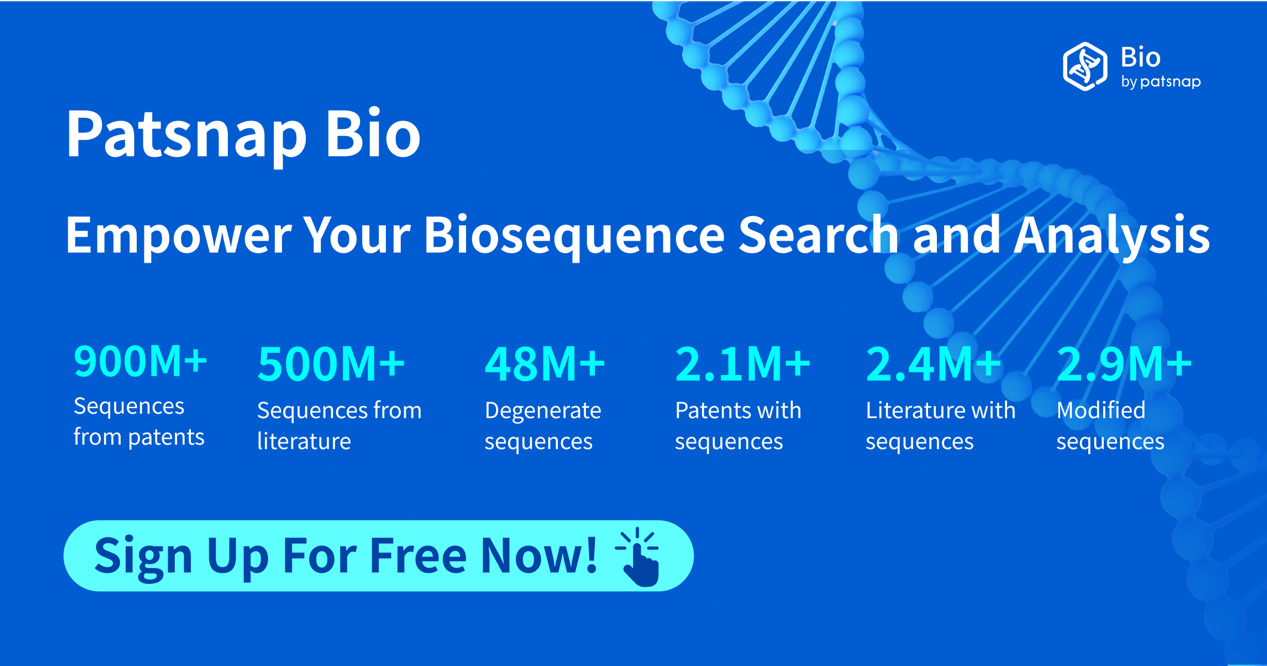How to find the structure and classification of Tocilizumab?
Tocilizumab is a humanized monoclonal antibody that targets the interleukin-6 receptor (IL-6R). Developed by Chugai Pharmaceutical Co., Ltd., a subsidiary of Roche, Tocilizumab is classified as a therapeutic protein and is primarily indicated for the treatment of rheumatoid arthritis (RA), systemic juvenile idiopathic arthritis (sJIA), polyarticular juvenile idiopathic arthritis (pJIA), giant cell arteritis (GCA), and cytokine release syndrome (CRS) associated with CAR T-cell therapy.
Summary of Research Progress:
The research progress of Tocilizumab has been extensive and impactful. Its mechanism of action involves binding to both the soluble and membrane-bound forms of the IL-6 receptor, preventing the binding of IL-6 to its receptor. This inhibition blocks the downstream signaling pathways that contribute to inflammation and tissue damage. By reducing the levels of pro-inflammatory cytokines and chemokines, Tocilizumab helps to alleviate symptoms and improve quality of life for patients suffering from these conditions.
Globally, Tocilizumab has been approved in numerous countries, including the United States, Europe, and Japan. It received FDA approval in 2010 for the treatment of moderate to severe active rheumatoid arthritis in adults who have had an inadequate response to one or more disease-modifying antirheumatic drugs (DMARDs). Since then, its indications have expanded to include sJIA, pJIA, GCA, and CRS. Tocilizumab has also been approved in many other regions, making it a widely used therapeutic agent in rheumatology and immunology.
The competitive landscape for Tocilizumab is dynamic, with several other biologics and small molecules targeting similar pathways. Key competitors in rheumatoid arthritis include adalimumab (Humira), etanercept (Enbrel), and rituximab (Rituxan). In the treatment of sJIA and pJIA, competitors include canakinumab (Ilaris) and anakinra (Kineret). For GCA, competitors include tocilizumab itself, as it is currently the only approved biologic for this condition. In the management of CRS, Tocilizumab has emerged as a first-line treatment due to its rapid and effective reduction of cytokine levels. Despite this competition, Tocilizumab has maintained a strong market presence due to its well-established efficacy and safety profile. Clinical trials have consistently demonstrated its effectiveness in various indications, leading to its continued use in clinical practice.
Type of Immunoglobulin of Tocilizumab
Tocilizumab is a humanized IgG1κ immunoglobulin. Humanized antibodies are engineered to contain minimal murine sequences, reducing the risk of immunogenicity while maintaining high affinity and specificity for the target antigen. The κ light chain is one of the two types of light chains found in immunoglobulins, the other being λ. The κ light chain is more common and provides stability and specificity to the antibody structure.
Light and Heavy Chains and Structural Characteristics of Tocilizumab
The heavy chain of Tocilizumab is a humanized IgG1 molecule, which consists of four domains: variable (VH), constant 1 (CH1), constant 2 (CH2), and constant 3 (CH3). The VH domain is responsible for antigen binding, while the CH1 domain forms part of the Fc region, which is crucial for the antibody's effector functions. The CH2 and CH3 domains are involved in the interaction with Fc receptors and complement proteins, respectively.
The light chain of Tocilizumab is a κ chain, which also consists of two domains: variable (VL) and constant (CL). The VL domain pairs with the VH domain to form the antigen-binding site, ensuring high specificity and affinity for the target antigen. The CL domain, like the CH1 domain, contributes to the stability and function of the antibody.
Structurally, Tocilizumab is a well-characterized and highly specific monoclonal antibody. The variable regions of both the heavy and light chains are designed to recognize and bind to the IL-6 receptor (IL-6R) with high affinity. This binding prevents the binding of IL-6 to its receptor, effectively blocking the downstream signaling pathways that contribute to inflammation and tissue damage. The constant regions of the heavy and light chains provide additional functional properties to Tocilizumab. The Fc region, composed of the CH2 and CH3 domains, is capable of engaging Fc receptors on immune cells, leading to various effector functions such as antibody-dependent cell-mediated cytotoxicity (ADCC) and complement-dependent cytotoxicity (CDC). These functions enhance the therapeutic potential of Tocilizumab by facilitating the clearance of targeted cells and modulating the immune response.
Summary and Prospect
In summary, Tocilizumab is a humanized monoclonal antibody that targets the interleukin-6 receptor (IL-6R), making it a valuable therapeutic option for the treatment of rheumatoid arthritis, systemic juvenile idiopathic arthritis, polyarticular juvenile idiopathic arthritis, giant cell arteritis, and cytokine release syndrome. Its mechanism of action involves binding to both the soluble and membrane-bound forms of the IL-6 receptor, preventing the binding of IL-6 and blocking downstream signaling pathways that contribute to inflammation and tissue damage. Tocilizumab has been approved globally for multiple indications and has maintained a strong market presence due to its well-established efficacy and safety profile. As a humanized IgG1κ immunoglobulin, Tocilizumab exhibits well-defined structural characteristics that contribute to its high specificity and efficacy. The heavy and light chains, with their respective variable and constant domains, ensure precise antigen binding and robust effector functions, making Tocilizumab a valuable and effective treatment for a range of inflammatory and autoimmune conditions. Future research and development efforts will likely focus on optimizing its delivery methods, exploring new indications, and enhancing its therapeutic benefits for patients.
How to find the structure and classification of antibody drugs?
In Patsnap Bio, you can find the sequence and latest research and development advances of all antibody drugs.
Taking Tocilizumab as an example, first click on the Drug/Gene Index on the Patsnap Bio homepage. Here you can search for sequence information by drug and gene names. Enter ' Tocilizumab ' in the search box and click to view the details. On the details page, you can find the basic information and research progress of Tocilizumab.
Click "View all related sequences" below the sequence information to search for and retrieve all biological sequences similar to this information.
Clicking on the sequence name will provide you with all the basic information of that sequence. Here, you can easily query the sequence and action of the light and light chains of antibodies.
Patsnap Bio helps you turn weeks into minutes with cutting-edge AI-enabled tools built to master the complexities of sequence retrieval and automate IP analysis with precision and ease.
